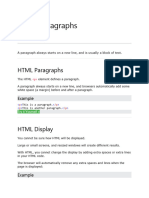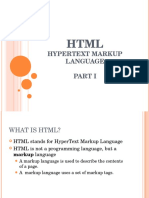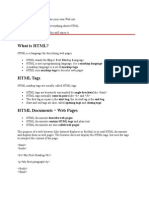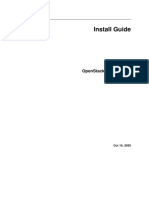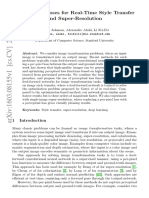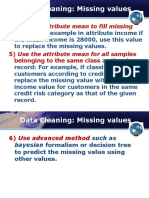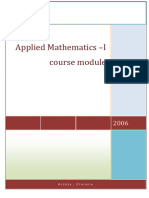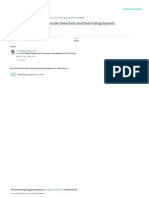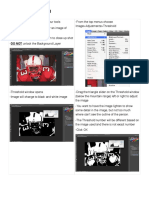0% found this document useful (0 votes)
12 views14 pagesSession2 HTML JR
This document provides an overview of HTML elements, including headings, paragraphs, line breaks, horizontal rules, and comments. It explains the structure of HTML elements, how to use specific tags like <h1> to <h6> for headings and <p> for paragraphs, and the purpose of tags like <br> and <hr>. Additionally, it highlights the use of comments in HTML for documentation and hiding content.
Uploaded by
eman3c2022Copyright
© © All Rights Reserved
We take content rights seriously. If you suspect this is your content, claim it here.
Available Formats
Download as PPTX, PDF, TXT or read online on Scribd
0% found this document useful (0 votes)
12 views14 pagesSession2 HTML JR
This document provides an overview of HTML elements, including headings, paragraphs, line breaks, horizontal rules, and comments. It explains the structure of HTML elements, how to use specific tags like <h1> to <h6> for headings and <p> for paragraphs, and the purpose of tags like <br> and <hr>. Additionally, it highlights the use of comments in HTML for documentation and hiding content.
Uploaded by
eman3c2022Copyright
© © All Rights Reserved
We take content rights seriously. If you suspect this is your content, claim it here.
Available Formats
Download as PPTX, PDF, TXT or read online on Scribd
/ 14




